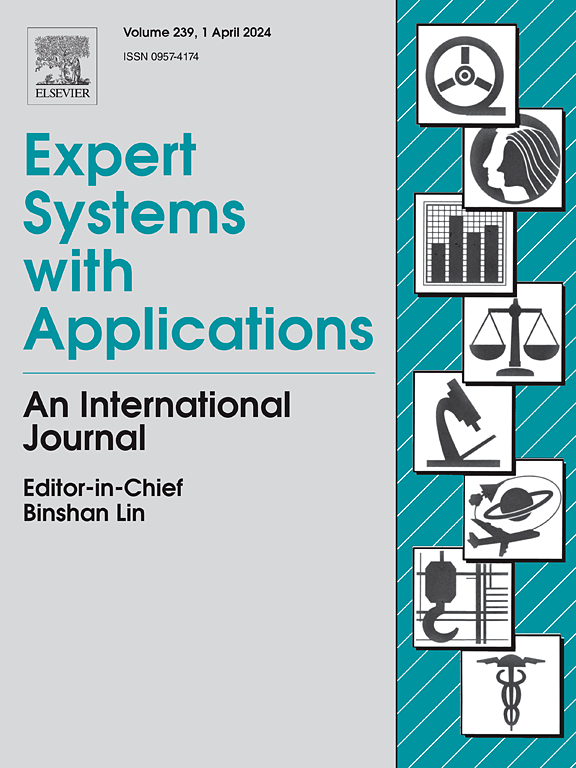MFAR-Net: Multi-level feature interaction and Dual-Dimension adaptive reinforcement network for breast lesion segmentation in ultrasound images
IF 7.5
1区 计算机科学
Q1 COMPUTER SCIENCE, ARTIFICIAL INTELLIGENCE
引用次数: 0
Abstract
Objective:
Precise segmentation of breast ultrasound images is essential for early breast cancer screening. Convolutional neural networks (CNNs) have made great progress in lesion segmentation in breast ultrasound images. These methods still have three limitations: (1) They lack the ability to model global information; (2) The importance of interaction between different scale features is not sufficiently emphasized; (3) The abilities of feature fusion and lesion region correction in the decoding process are ignored.
Methods:
Considering the above problems, we propose a Multi-level feature interaction and Dual-Dimension adaptive reinforcement network (MFAR-Net). Our design is as follows: (1) Introduce transformer as a global context-aided encoding branch (GCA) to establish long-term dependencies; (2) The multi-level feature interaction (MFI) module uses the feature interaction of different receptive fields to capture detailed information and alleviate the influence of grid; (3) Dual-dimension adaptive reinforcement (DAR) enhances and corrects the original features in both spatial and channel dimension, providing a reliable premise for subsequent supplementary detailed information. Main results: Extensive experiments results on four public ultrasound datasets show that the proposed MFAR-Net outperforms other state-of-the-art (SOTA) methods. Furthermore, compared with the suboptimal method, we significantly improve the Dice metrics by 2.68% on the BUSI-malignant datasets, showing strong competitiveness. Significance: (1) The segmentation accuracy of breast lesions is further improved under the premise of a small number of parameters; (2) The ability to adapt to other ultrasonic images is maintained, and our network has strong robustness and good generalization performance.
求助全文
约1分钟内获得全文
求助全文
来源期刊

Expert Systems with Applications
工程技术-工程:电子与电气
CiteScore
13.80
自引率
10.60%
发文量
2045
审稿时长
8.7 months
期刊介绍:
Expert Systems With Applications is an international journal dedicated to the exchange of information on expert and intelligent systems used globally in industry, government, and universities. The journal emphasizes original papers covering the design, development, testing, implementation, and management of these systems, offering practical guidelines. It spans various sectors such as finance, engineering, marketing, law, project management, information management, medicine, and more. The journal also welcomes papers on multi-agent systems, knowledge management, neural networks, knowledge discovery, data mining, and other related areas, excluding applications to military/defense systems.
 求助内容:
求助内容: 应助结果提醒方式:
应助结果提醒方式:


